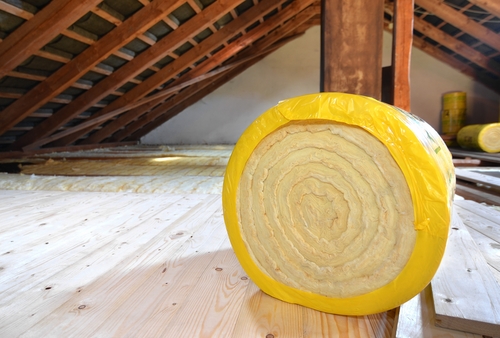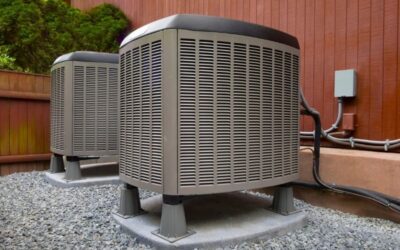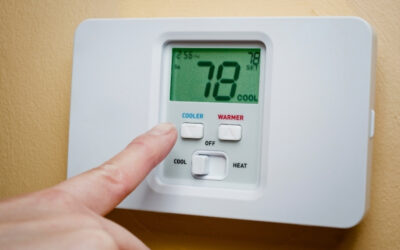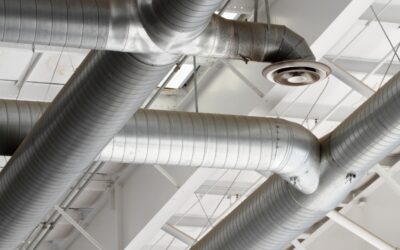Having ample insulation in the attic is vital to ensure home comfort and keep heating and cooling costs under control. In our region, the U.S. Department of Energy (DOE) recommends having a minimum of R-38 installed on the attic floor. Adding attic insulation is a moderately difficult task for homeowners to undertake on their own, which is why many decide to hire a qualified contractor for the job.
Whether you choose to perform the installation yourself, or hire an experienced professional, increasing the amount of attic insulation in your home offers some significant benefits.
Benefits of Installing Adequate Attic Insulation
If the attic in your home doesn’t have sufficient insulation, you’re wasting energy both summer and winter. Adding the recommended amount of insulation on the attic floor can help eliminate comfort issues, such as cold or hot spots and inconsistent temperatures in the various rooms of the home. Adequate insulation in the attic also helps limit heat gains and losses that result in high heating and cooling bills.
Decide on a Type of Insulation Product
The two most common types of insulation used in the attics of existing homes are loose fill and fiberglass batt.
- Loose fill insulation – Cellulose or fiberglass loose fill insulation is installed using a blowing machine. Although it’s possible to rent this equipment, most homeowners opt for professional installation. If you decide to cover existing loose fill with rolled batt insulation, make certain that the batts are unfaced, with no foil or paper backing.
- Batt insulation – If you plan to install the attic insulation, it’s wise to choose rolled batt insulation. If there’s already a layer between the rafters, lay the new second layer on top, running perpendicular to cover the joists and limit heat losses and gains through the framing. Start at the attic perimeter and work toward the attic hatch.
When supplementing existing insulation, you don’t have to stay with the same type. You can switch from cellulose or fiberglass loose fill to rolled fiberglass batt insulation, or vice versa.
Protect Proper Ventilation and Reduce Fire Hazards
When installing any type of attic insulation, it’s essential not to block the soffit vents that maintain airflow and help rid the space of moisture and heat. You can keep insulation away from the vents with barriers formed from wire mesh or thin sheet metal.
If there are recessed or can lights on the attic floor, take the following precautions to prevent a fire hazard.
- Check whether the fixtures are insulation contact rated, or IC-rated. These fixtures are designed to allow safe contact with insulation products. Look for the designation “IC rated” on the fixture housing or nameplate.
- Don’t lay batt insulation on top of standard recessed light fixtures since it can prevent proper air circulation and trap heat. The National Electrical Code advises that insulation must be placed a minimum of three inches away from an unrated fixture, ballast or wiring compartment.
- Before installing blown-in loose fill insulation, form a effective barrier from sheet metal or wire mesh around the opening of each unrated light fixture.
When to Seek Professional Advice
You can install attic insulation yourself if the space is roomy, easily accessible and you’re comfortable performing home improvement projects. However, if space is limited or it’s difficult to reach key areas that require insulation, it’s wise to consult a skilled professional before you proceed.
An experienced installer can also advise you on other issues that may need to be addressed before augmenting the attic insulation, such as:
- Moisture or water intrusion – If existing insulation is damp or wet in some areas, there may be a roof leak that requires repair. Mold on floor joists or attic rafters can point to moisture problems caused by improper venting of household exhaust fans or the clothes dryer.
- Inadequate ventilation – Before installing insulation, a pro can assess whether additional ventilation is needed to prevent moisture accumulations.
- Outdated electrical wiring – If you have a pre-1930 home, any old knob and tube wiring must be updated to avert the risk of fire.
- Air sealing the attic. The Environmental Protection Agency (EPA) recommends air sealing prior to installing insulation. Proper sealing not only boosts the energy savings provided by ample insulation, but it also helps stop ice dams from forming along the roof edge.
For more information on the role adequate attic insulation plays in boosting energy efficiency in your Columbus, Opelika or Auburn area home, contact us today at Indoor Solutions, Inc.
Image Provided by Shutterstock.com




